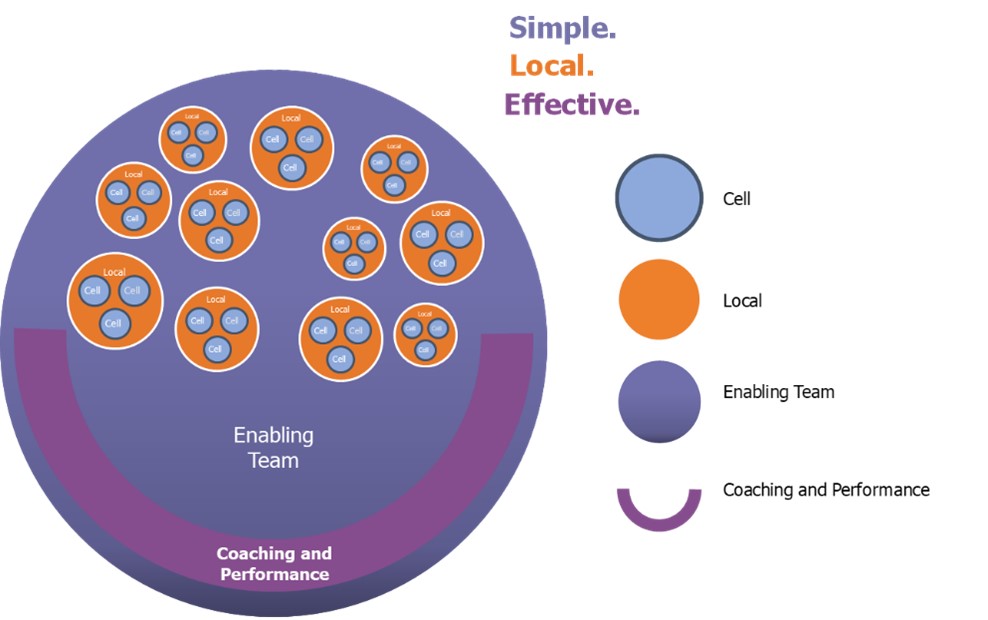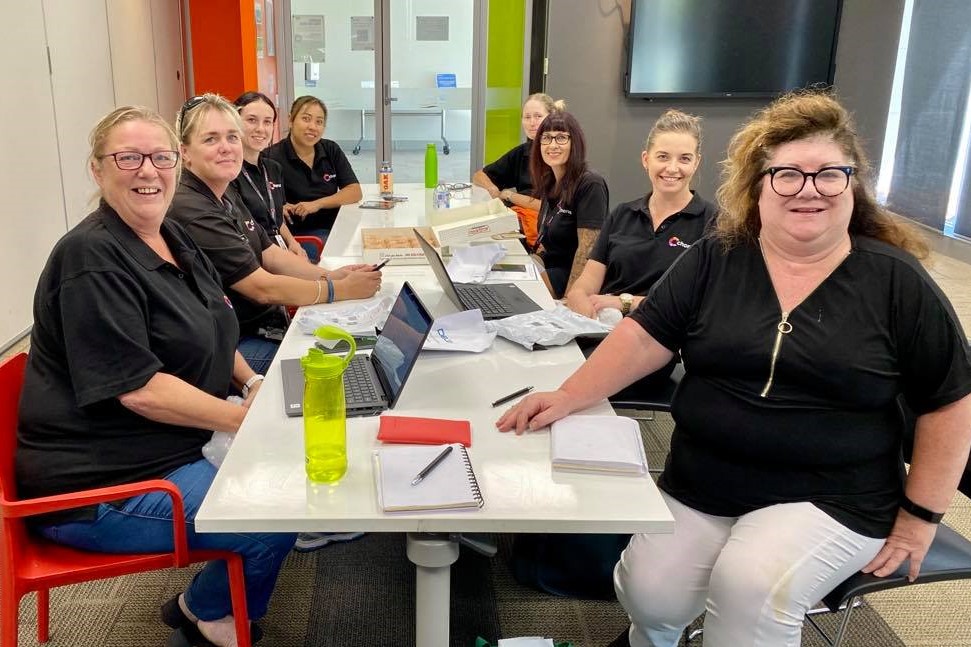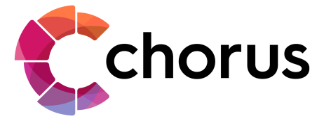Chorus CEO Dan Minchin’s monthly reflection on how we are putting the community back into community service.
July 2021
By moving to Chorus 2.0, we aim to create an organisation which brings out the best in people. That is because we are in the business of enabling people – customers, employees and volunteers – to live the life they choose.
People are at their best when their relationships are healthy: close, supportive and authentic. This is the founding insight of the Chorus fresh approach, and is at the heart of the Chorus 2.0 vision.

Traditional organisations – including Chorus 1.0 – generally exhibit unhealthy, or at least less-than-healthy, relationships. These relationships arise in part from most people’s life and work experiences; it is a rare human who hasn’t been shaped by relationships which are unequal, transactional and secretive, either at home, school or work. They also arise from organisational practices and structures, such as hierarchy, information asymmetry, secret remuneration and perks.
Increasingly, we can see that traditional organisations are less than effective, with low customer satisfaction, employee engagement, safety and financial performance. Corporate Rebels, among others, are showing that different, progressive organisations are not just better places to work, but more effective.
In 2021, we are supercharging the journey towards healthier relationships through improvement to structures, practices, systems and behaviours – simple, local and effective – known as Chorus 2.0.
***
The Chorus 2.0 organisational structure looks more like an ecosystem than a traditional pyramid. It will consist of a network of about 20 “Locals” which are teams of around 30 people working together to support customers and communities in a small area. Locals will be supported by an Enabling Team, a platform of people, processes and technology who make life simple in a Local. It will also include a small team of coaches, whose role – while having no managerial control – is to support everyone to achieve their goals.
Our first three Locals have been live in Peel for a few months. By September we will have 10 and at the end of 2021 there will be 20 Locals. The Enabling and Coaching teams are taking shape now.

Busting boundaries
One of the most obvious impacts of the Chorus 2.0 transition is to reduce the number of layers or “horizontal boundaries” to just two. Previously there have been between three and seven layers, depending on the team. In addition, we are collapsing silos or “vertical boundaries”; the Locals break down the old silos between activity (eg, scheduling) and service type (eg, groups), and the Enabling Team will increasingly be organised around outcomes and projects, alongside of traditional functions (eg, marketing).
The rationale links back to the intent that Chorus 2.0 is a place where people can be their best. Horizontal and vertical boundaries – the hierarchy and silos – do not promote, and in fact inhibit, healthy relationships.
***
There is an uncomfortable reality at the heart of all this boundary-busting: it requires us to reckon with and dismantle the role of a “manager”. In particular, we need to eliminate the manager-subordinate relationship; while it is at the heart of how traditional organisations work, it is far from healthy, based on the definition I’ve used in this blog.
This of course is not to devalue the people who have traditionally filled manager roles. Chorus 2.0 still needs leadership – and, by the way, management (see the next section) – to be effective as an organisation. It is the role and the relationship that is being redefined.
To be a place that brings out the best in people, we need to replace the manager style (command, control) with a clear focus on:
- The quality – equality – of relationships and
- The outcomes we achieve.
This is a challenging transition for everyone at Chorus, managers and “subordinates” alike, as we attempt to reprogram ourselves after a lifetime. This challenge extends right up to and includes me as the CEO. Chorus is full of compassionate and committed people who do extraordinary things every day, and we are now asking them to undergo a significant transformation in the way they go about their work.
Before getting into how this can work in practice, it is worth remembering that there is one big upside. Managers are also subordinates. That is the nature of a hierarchy, everyone has a boss, and everyone’s relationships are primarily defined by their place in the pecking order.
Some Chorus people who until now have been both managers and subordinates recently reeled off the common downsides of being a subordinate (remember, this isn’t personal!):
“Stops me from thinking for myself”
“Takes away my power”
“Undermines my passion”
“Work becomes transactional”
“I feel disconnected from relevant information”
“I lose confidence”.
***
So … if we take away the manager (and subordinate) role, how does work get done?
Clarity and support
It’s important to keep in mind that while we are moving to a world without managers, we will still have management, which includes:
- Making decisions
- Coordinating and allocating resources
- Storing and using information
- Governing, managing risk and complying with external requirements.
My view is that for each of us to function effectively and healthily in an organisation, we need two things: clarity and support.
Clarity includes knowing what is expected of me; what I can decide, what others will decide and what is not-negotiable; how I am expected to behave; how I collaborate with others; and what my incentives, rewards and consequences are.
Support includes having the information and self-help guides that I need; how I learn new skills and styles; where I can get help; how I solve problems; how I get decisions made; who will help me test an idea; how I get positive (and constructive) feedback and recognition.

There are many elements of clarity and support being adapted or built right now as we transition to Chorus 2.0. Here are some highlights:
Clarity can come from:
- Performance dashboards, measuring the four commitments
- Chorus Standards, which synthesise the more than 500 compliance standards to which we must adhere
- Chorus Life, including a transparent map of options for personal development and increased remuneration and reward
- Information and technology platforms.
Support can come from:
- Colleagues in a Local or Cell
- The coaching team
- Collaborative forums such as 3MT[1]
- Learning opportunities, self-help guides, etc
- Group meetings and workshops such as Chorus Connect (weekly) R’PER[1] (monthly).
***
I wrote in Dan’s Diary #8 last year about my belief that leadership can, and should “come from everywhere”. I wasn’t talking about a heroic, performative version of leadership, but the simple idea that people working at their best could achieve extraordinary things every day – which, in the case of Chorus, has a huge impact on the lives of customers and communities. When you follow that thinking to its logical conclusion – when you prioritise equal relationships and great outcomes above all else, you find yourself committed to making changes to structures and approaches that have, until now, had the illusion of permanence.




